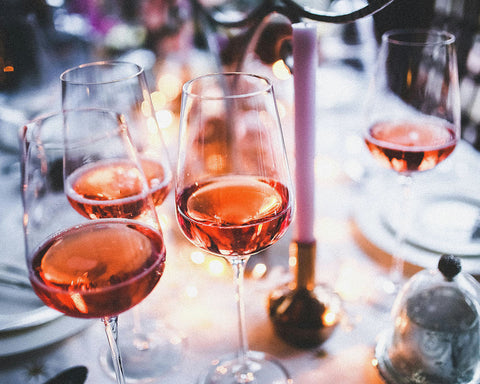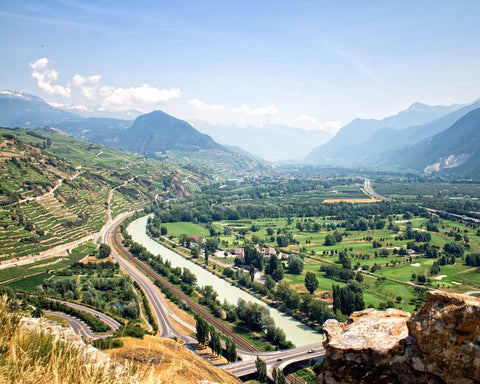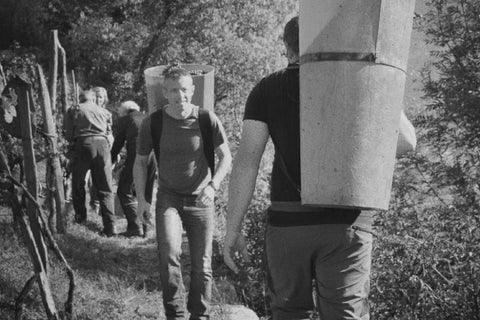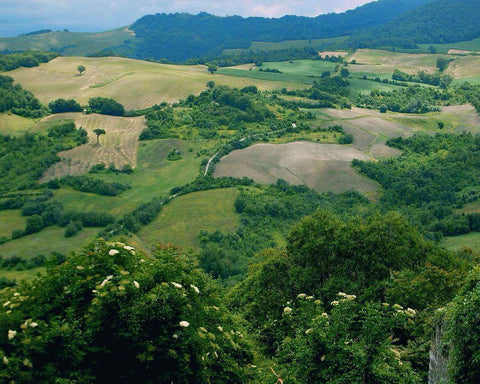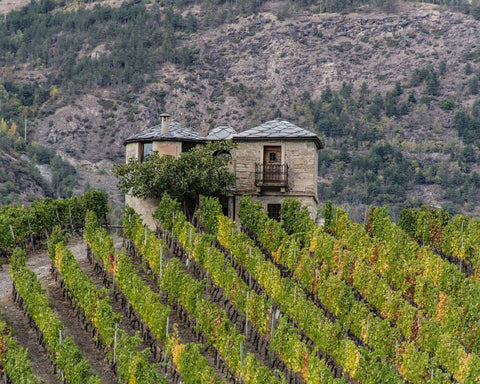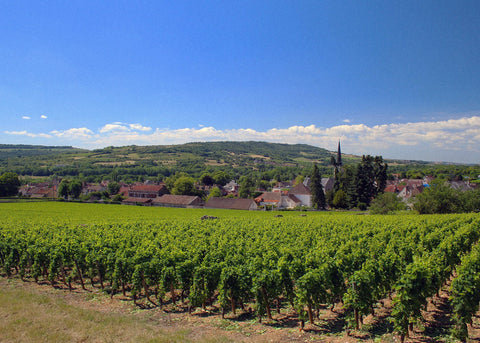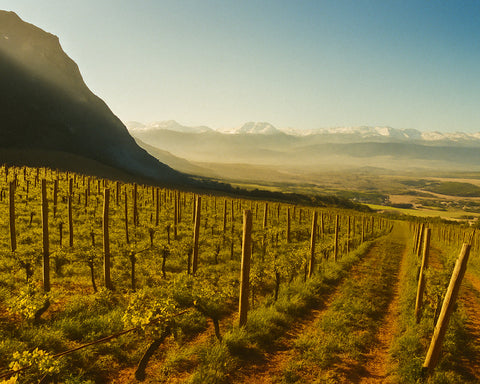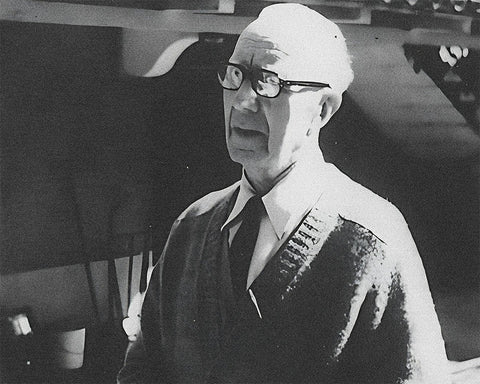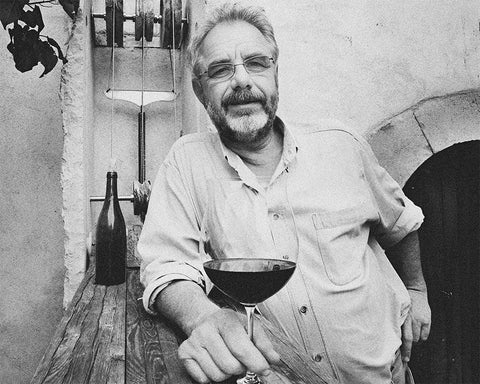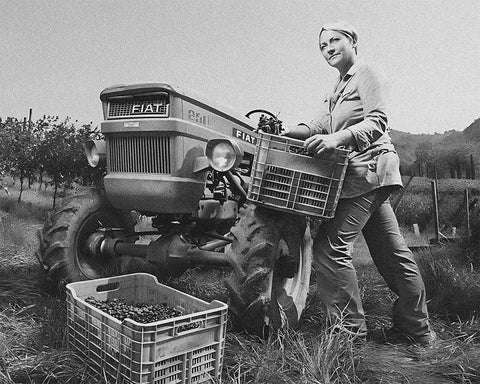Rosé wine has captured the hearts of wine enthusiasts worldwide, offering a delightful bridge between the crisp freshness of white wines and the bold complexity of reds. Far from being a simple summer sipper, rosé has proven to be a versatile and nuanced wine category worthy of exploration. Let's dive into the world of rosé and discover why it's become a favorite for casual gatherings and refined dining experiences.
Table of Contents
The Essence of Rosé
At first glance, one might assume that rosé is simply a blend of red and white wines. However, the truth is far more interesting. Rosé is crafted using red wine grapes but with a twist in the winemaking process that gives it its signature pink hue and unique flavor profile.
The Making of Rosé
- Grape Selection: Rosé can be made from a variety of red grape varieties, including Grenache, Syrah, Mourvèdre, Pinot Noir, and many others.
- Limited Skin Contact: The key to rosé's color and flavor lies in the brief period of skin contact during fermentation. Unlike red wines, which ferment with grape skins for weeks, rosé wines have this process interrupted after a few hours to a few days.
- Pressing: Once the desired color is achieved, the juice is pressed off the skins and continues to ferment like a white wine.
- Fermentation: The remaining fermentation process is similar to that of white wine, typically occurring in stainless steel tanks to preserve freshness and fruit flavors.
The Spectrum of Rosé Styles
Rosé wines offer a remarkable range of styles, from bone-dry to sweet and from pale salmon to deep pink. Let's explore some popular styles:
1. Provence Rosé
- Origin: Provence, France
- Characteristics: Pale pink, dry, with delicate flavors of strawberry, rose petal, and herbs
- Food Pairing: Grilled fish, salads, light Mediterranean dishes
2. Tavel Rosé
- Origin: Rhône Valley, France
- Characteristics: Deeper pink, fuller-bodied, with notes of ripe red fruits and a hint of spice
- Food Pairing: Grilled meats, rich seafood dishes, spicy cuisines
3. White Zinfandel
- Origin: California, USA
- Characteristics: Sweet to off-dry, with flavors of ripe strawberry and melon
- Food Pairing: Spicy Asian cuisine, fruit desserts, as an aperitif
4. Sangiovese Rosé
- Origin: Italy (though made worldwide)
- Characteristics: Dry, with bright acidity and flavors of tart cherry and fresh herbs
- Food Pairing: Pizza, pasta with tomato-based sauces, grilled vegetables
5. Saignée Method Rosés
The Saignée ("sohn-yay") method, meaning "to bleed" in French, produces some of the most complex and full-bodied rosés:
- Process: Juice is "bled" off from a red wine fermentation tank after limited skin contact
- Characteristics: Deeper color, more intense flavors, and often higher alcohol content
- Examples: Some Syrah and Cabernet Sauvignon rosés
- Food Pairing: Grilled red meats, rich poultry dishes, aged cheeses
Tasting Notes and Flavor Profiles
Rosé wines can offer a wide array of flavors and aromas, including:
- Red fruits: Strawberry, raspberry, cherry, watermelon
- Citrus: Grapefruit, lemon zest
- Floral notes: Rose petal, violet
- Herbal touches: Provence herbs, thyme, lavender
- Stone fruits: Peach, apricot
- Tropical fruits: In some New World styles
The texture can range from light and crisp to rich and almost creamy in fuller-bodied styles.
Enjoying Rosé
Temperature
Serve rosé chilled, typically between 40-50°F (4-10°C). Lighter styles are best at cooler temperatures, while fuller-bodied rosés can be served slightly warmer to allow their complexity to shine.
Glassware
While rosé can be enjoyed from various glass shapes, a standard white wine glass or a glass with a slightly tapered rim works well to concentrate the delicate aromas.
Occasions
Rosé's versatility makes it suitable for a wide range of occasions:
- Casual outdoor gatherings and picnics
- Brunch and lunch accompaniment
- Aperitif before dinner
- Pairing with a diverse range of cuisines
- Year-round enjoyment, not just for summer!
Conclusion
Rosé wine has transcended its reputation as a simple, sweet summer drink to become a respected and diverse category of wine. From Provence's pale, bone-dry styles to the richer, more complex Saignée rosés, there's a pink wine to suit every palate and occasion. Whether you're a wine novice or a seasoned enthusiast, exploring the world of rosé offers a delightful journey through flavors, textures, and winemaking traditions. So next time you're pondering what to pour, consider reaching for a bottle of rosé – it might just surprise you with its depth, versatility, and sheer enjoyment factor.
